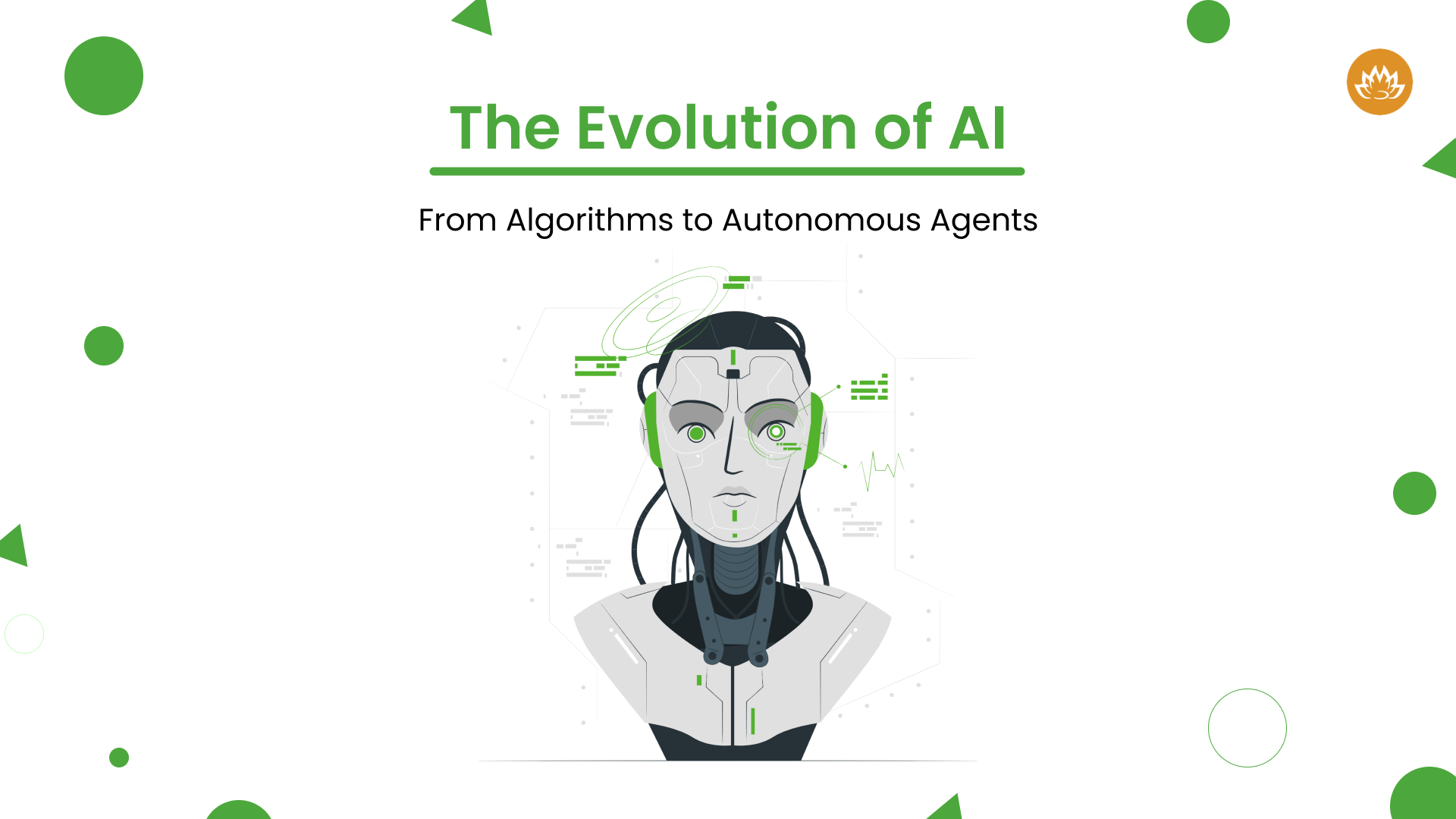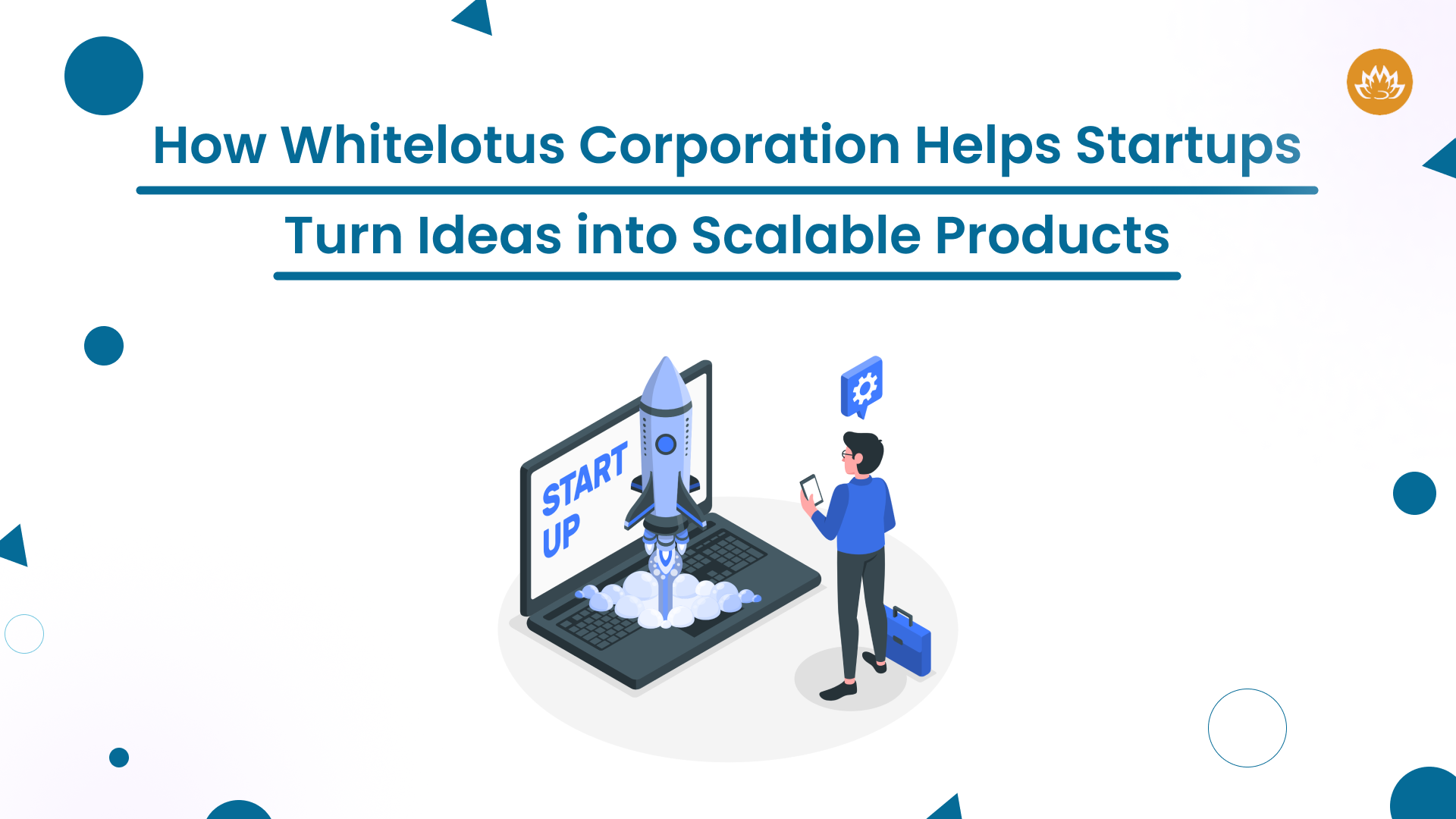Evolution of AI

Early AI Days
Revolution in Machine Learning
Rise of Deep Learning
Entry of Generative AI
Top Competencies of Generative AI

Natural Language Processing
Pre-Trained Models
Multi-modal Capabilities
What are Autonomous Agents?
Some of the key features of autonomous agents are:
- Autonomy
- Adaptability
- Tool Usage
- Multimodal Perception
- Memory Storage
- Action Plans
- Learning Methodologies
- External Browsing
Types of Autonomous AI Agents

The complexity of autonomous AI entities ranges from simple reactive behavior to sophisticated self-awareness. You can choose how AI can handle issues and make judgments for you by being aware of these various kinds.
Simple Reflex Agents
Real-world example: Thermostats use basic reflex agents to turn on and off heating or cooling systems in response to the ambient temperature to maintain a predetermined temperature.
Model-Based Agents
Goal-Based Agents
Utility-Based Agents
Learning Agents
An example from real life is spam filters in email programs, which are learning agents that gradually adjust to new kinds of spam by examining user input and behavior.
Hierarchical Agents
Multi-Agent Systems
Real-world example: To securely handle planes across various zones, air traffic control systems rely on multi-agent systems, in which individual agents coordinate.
Top Benefits of Autonomous Agents

Efficiency and Productivity
Safety and Risk Mitigation
Scalability and Adaptability
Swarm Intelligence
From the Business Perspective: AI as a Strategic Asset
Operational Efficiency: Supply chains, logistics, and customer support can all be streamlined by autonomous agents.
Hyperpersonalization: AI instantly customizes products according to user choices and behavior.
Innovation at Scale: Teams may create, prototype, and test ideas more quickly with AI acting as co-creators.
The Future of AI
- Generalist agents with the ability to switch between different tasks.
- Collaborative AI working side-by-side with humans, showcasing human intelligence
- Decentralized AI networks to achieve more resilience and privacy
- AI governance frameworks for ethical deployment at scale.
Final Thoughts
Author

Kirtan is CEO of Whitelotus Corporation, an emerging tech agency aimed to empower startups and enterprises around the world by its digital software solutions such as mobile and web applications. As a CEO, he plays key role in business development by bringing innovation through latest technical service offering, creating various strategic partnerships, and help build company's global reputation by delivering excellence to customers.
View all posts













